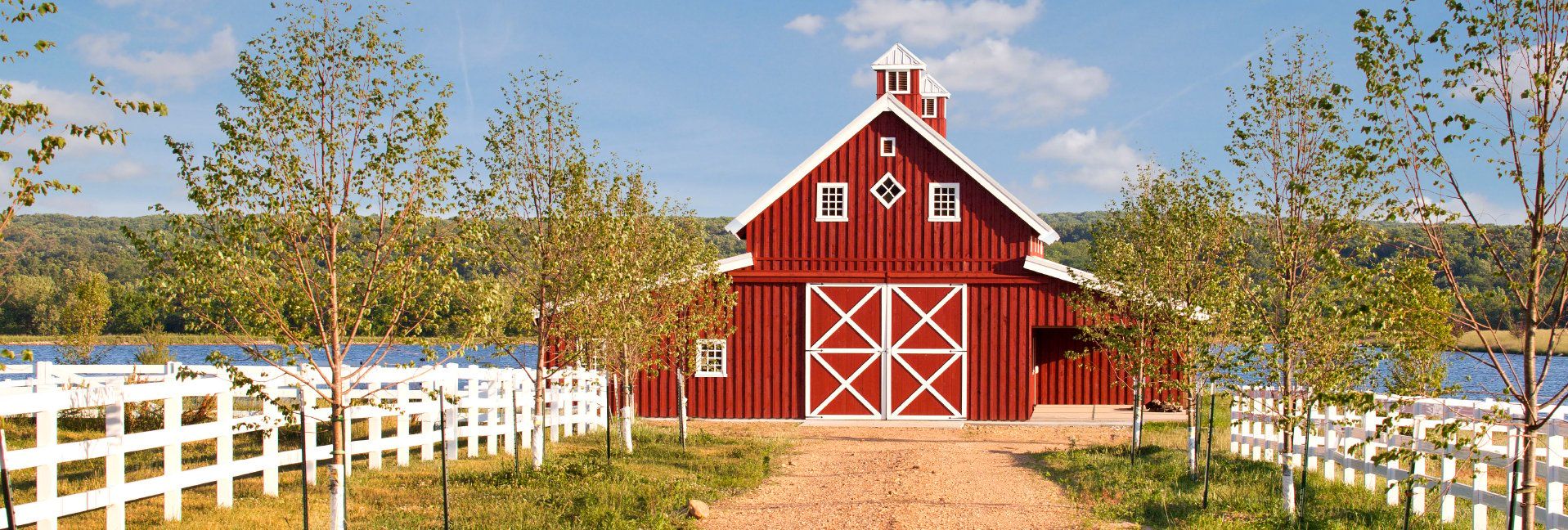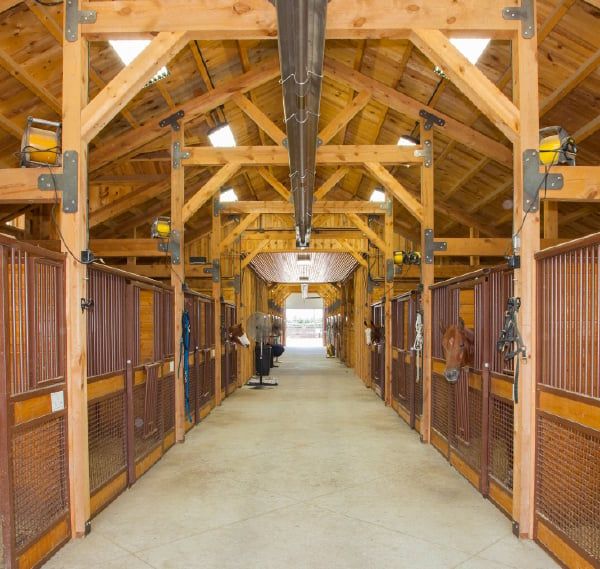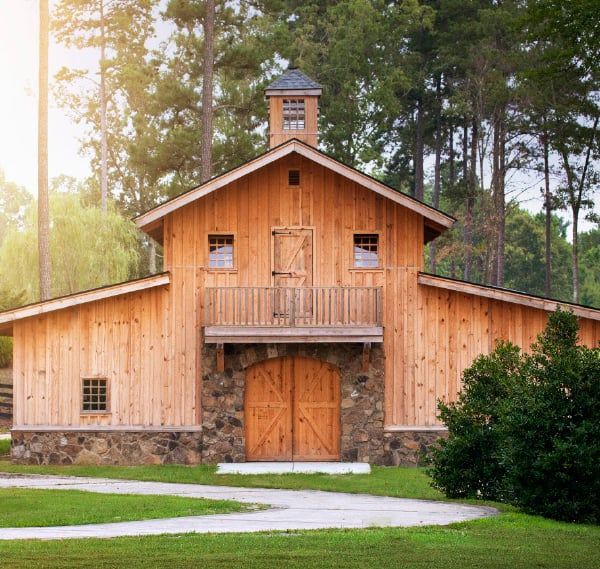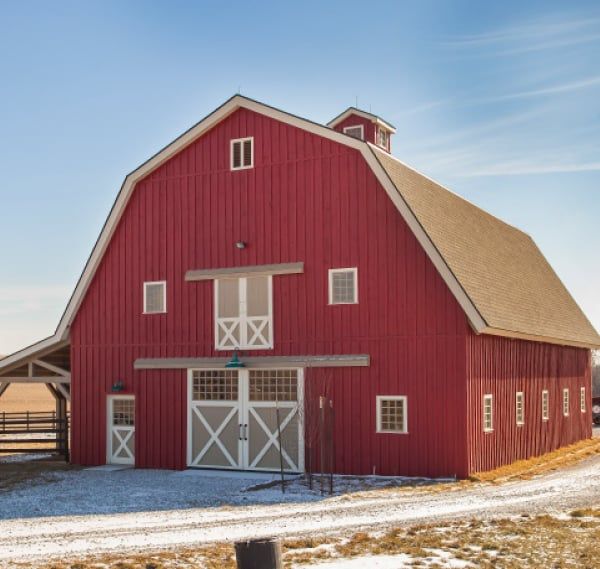Today’s Barns, Tomorrow’s Showplaces


What’s a barn? A place to house livestock? Maybe store some hay or feed, or machinery?
If that’s your image of a barn, your view may be outdated. Today’s barn manufacturers are producing kits and designs that will take your breath away—and not just for the beauty, but for function they offer, too.
What’s inside that counts

At their heart, barns are all about volume. Since Day One, they have been constructed with plenty of inside space for what country folk need to do. House livestock? Check. Store equipment? Check. Provide a big space for barn dances and social gatherings? Check and check.
When you have a big volume brought about by broad floor space and height, this provides opportunities not previously imagined.
That’s why so many barn designs being offered today incorporate unique—if not breathtaking—living spaces that are unlike any other room you have been in. (If that’s what what you want; you could build a living space that looks straight out of a suburban bungalow…but that would be a wasted opportunity.)
Understanding construction

Start looking through catalogs and you’ll see there are two main construction methods being used: Timber frame (or the related post-and-beam), and pole barns.
Pole barns are probably the most common for two main reasons: reasonable cost and speed of build. With pole barns, chemically-treated posts are buried in the ground or set into concrete to create a frame. This creates vertical support for the structure. A “skin” of pressed steel is applied to the outside.
Pole barns are generally utilitarian in appearance, but the lower-cost construction method often lets buyers erect larger or more open structures for the same dollar.
Pole barns have a useful lifespan of 40 or 50 years.
Timber frame and the similar post-and-beam construction, on the other hand, is built to last. The timber frame building method uses stout timbers (posts) and often becomes a showpiece for different methods of joinery for the beams and other structural elements. Post-and-beam also uses heavy timbers, but the connections are more straightforward and often give an industrial look.
A timber frame or post-and-beam barn will stand up for generations, if not centuries.
Kits For All

Most barn manufacturers today are a far cry from the hand-built Amish barn-raising activities or yore (although the Amish had not only great design, but fantastic craftsmanship as well). Manufacturers use modern design techniques—yes, we’re talking about architect designers with computers—to come up with clever and stunningly attractive structures that beg to be customized for exactly what you want.
Do you need a large open area to function as a riding arena, but also space for a tack room and living quarters? No problem.
How about a machine shed with full shop? Again, no problem. Care to add a comfortable man-cave to that? You got it.
Depending on the manufacturer, you can get barn kids that are made entirely out of timber, complete with old-style joinery. If you want something not entirely made of wood, many offer a combination of stick-built and metal frame construction.
And if a barn isn’t what you seek, consider the dramatic living space you can get with a home built around barn-building techniques. Talk about the “wow” factor!
The Red Barn

Ever wondered why early barns were red? Decades ago, farmers would seal their barns with linseed oil, an orange colored seed sourced from a flax plant. Ferrous oxide was added with the flax in order to kill fungi and moss, which grows rather aggressively on untreated wood. Together this created a makeshift paint, turning the barn red!
SOURCE: DC Structures, Damascus, OR

Acreage Life is part of the Catalyst Communications Network publication family.
















